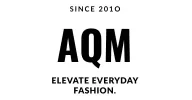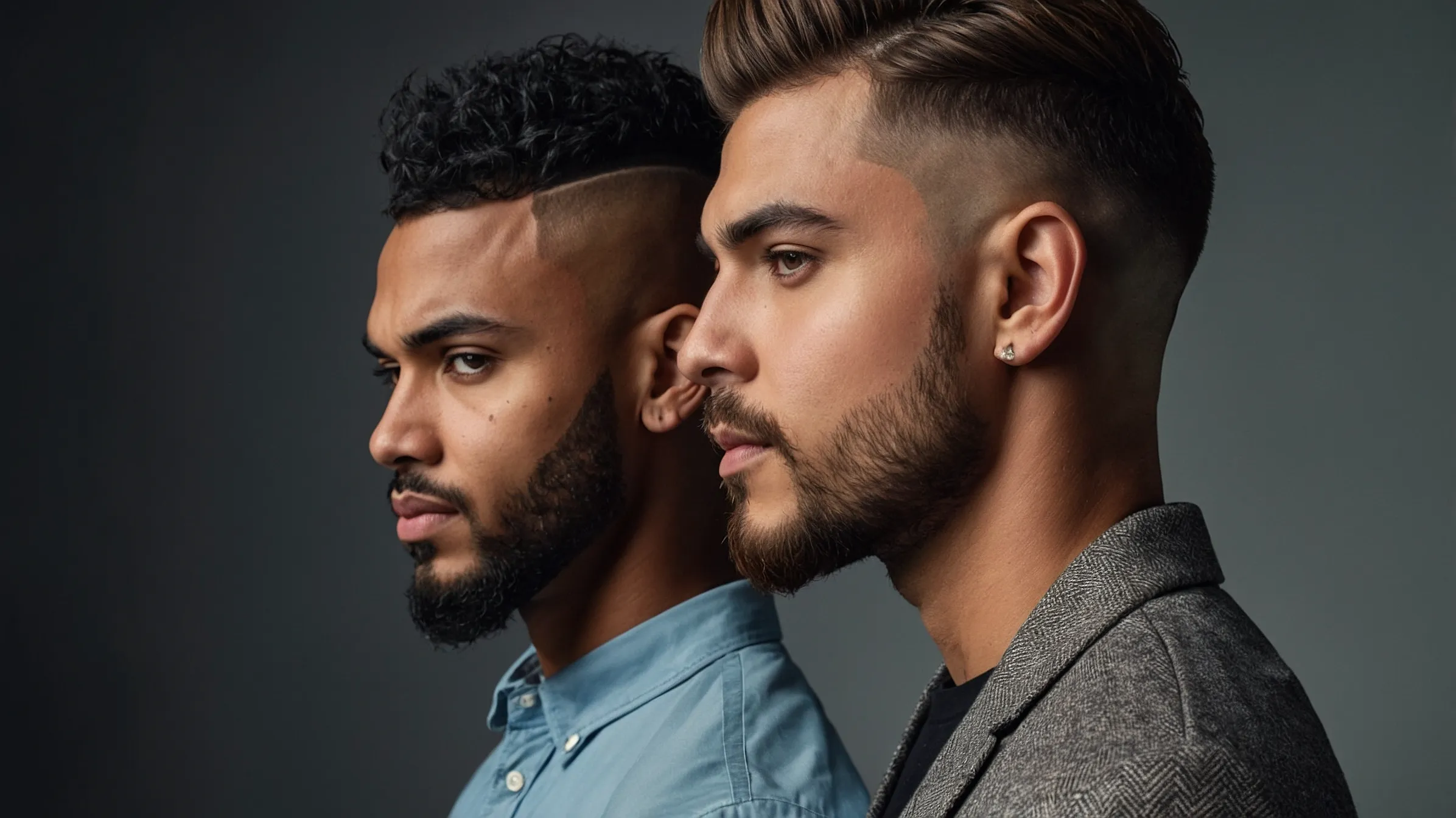Taper vs Fade: What’s the Difference and Which One Should You Get?
In the world of men’s grooming, the terms “taper” and “fade” are often used interchangeably—but they’re not the same. Understanding the difference between these two foundational styles can help you get the exact haircut you want and avoid miscommunication at the barber shop.
1. Taper vs Fade — Why It Matters
Knowing the distinction between a taper and a fade allows you to choose a haircut that suits your personal style, maintenance preferences, and overall look. It’s more than just semantics—it’s about precision and intention.
2. What Is a Taper Haircut?
A taper gradually shortens the hair on the sides and back while maintaining a bit of length as it goes down. It usually ends above the neckline and around the sideburns, offering a clean, natural finish.
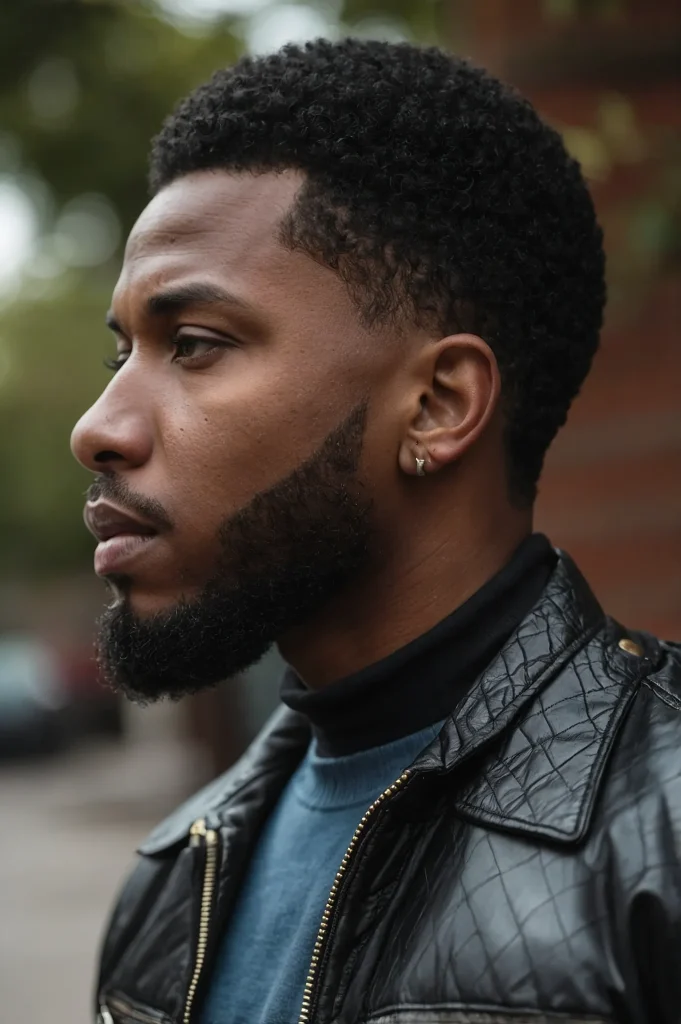 Afro Taper FadeBlack man with mediumlengt 0
Afro Taper FadeBlack man with mediumlengt 0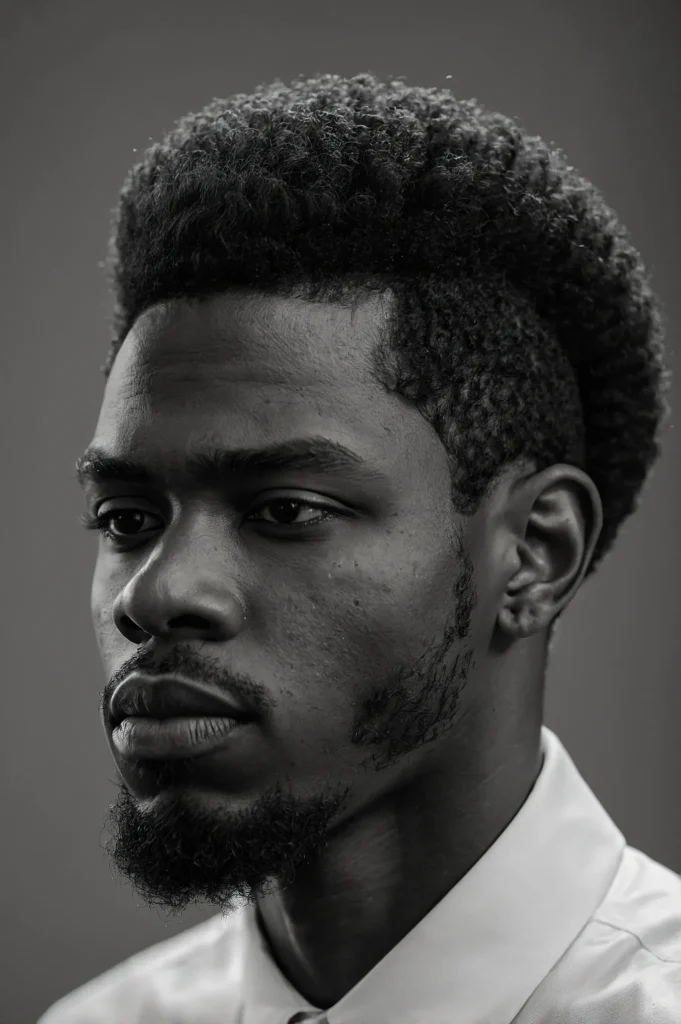 Afro Taper FadeBlack man with mediumlengt 3
Afro Taper FadeBlack man with mediumlengt 3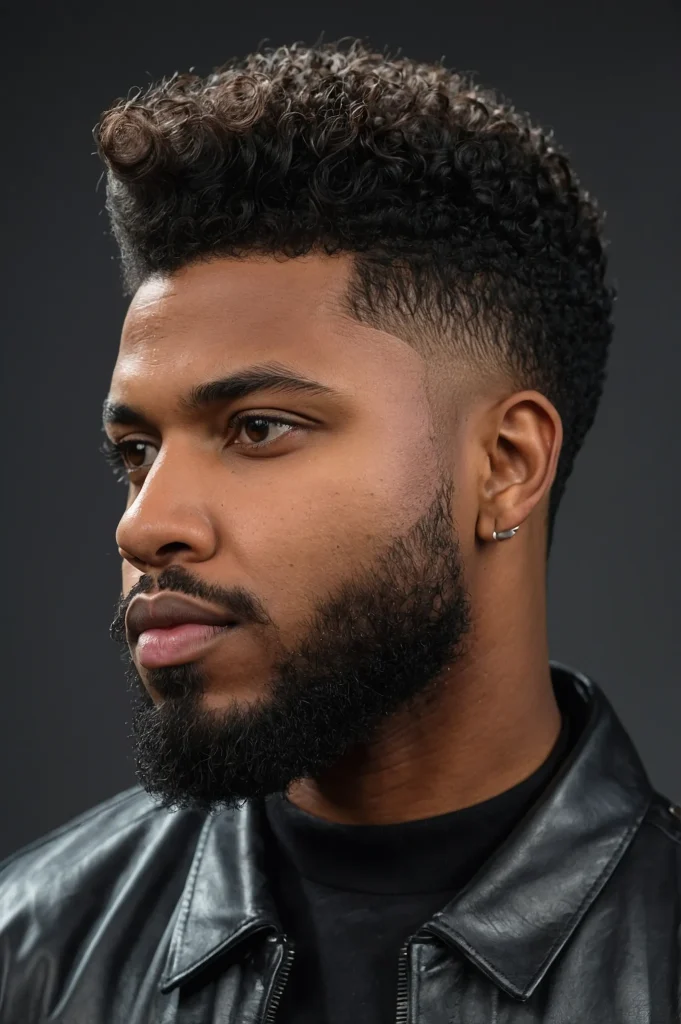 Blowout Taper FadeBlack man with volumino 0
Blowout Taper FadeBlack man with volumino 0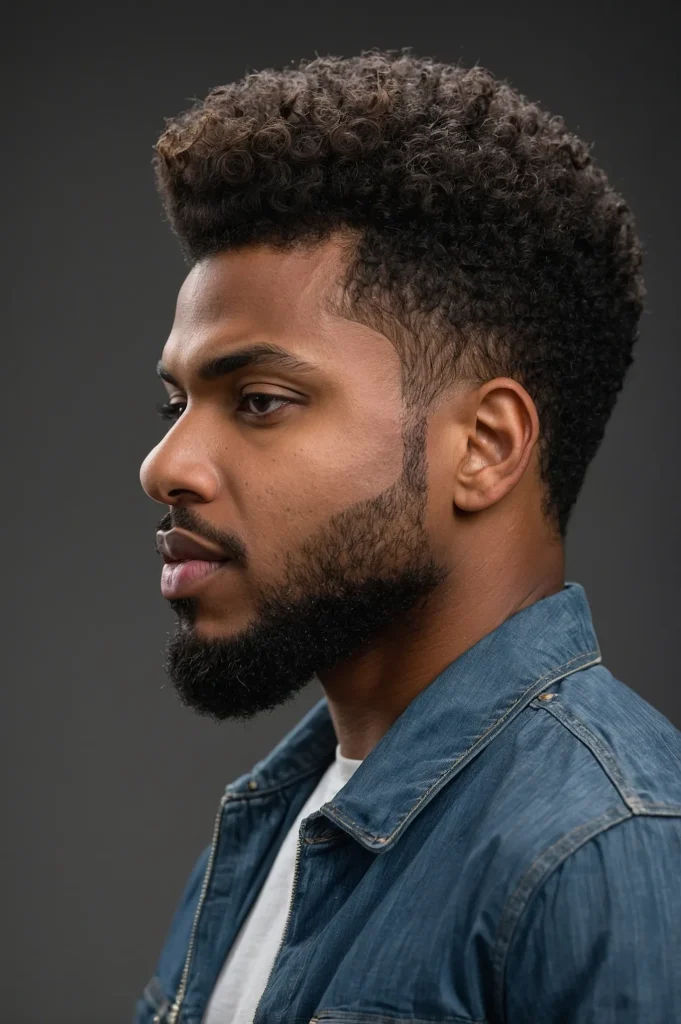 Blowout Taper FadeBlack man with volumino 3
Blowout Taper FadeBlack man with volumino 3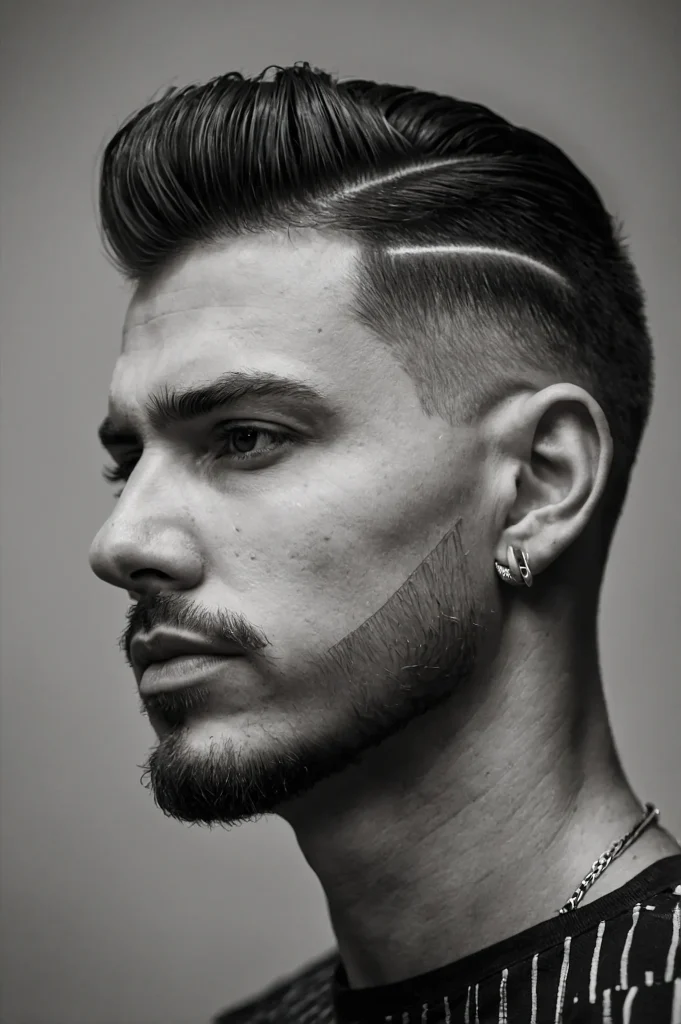 Burst Taper Fademan with burst taper fade 0
Burst Taper Fademan with burst taper fade 0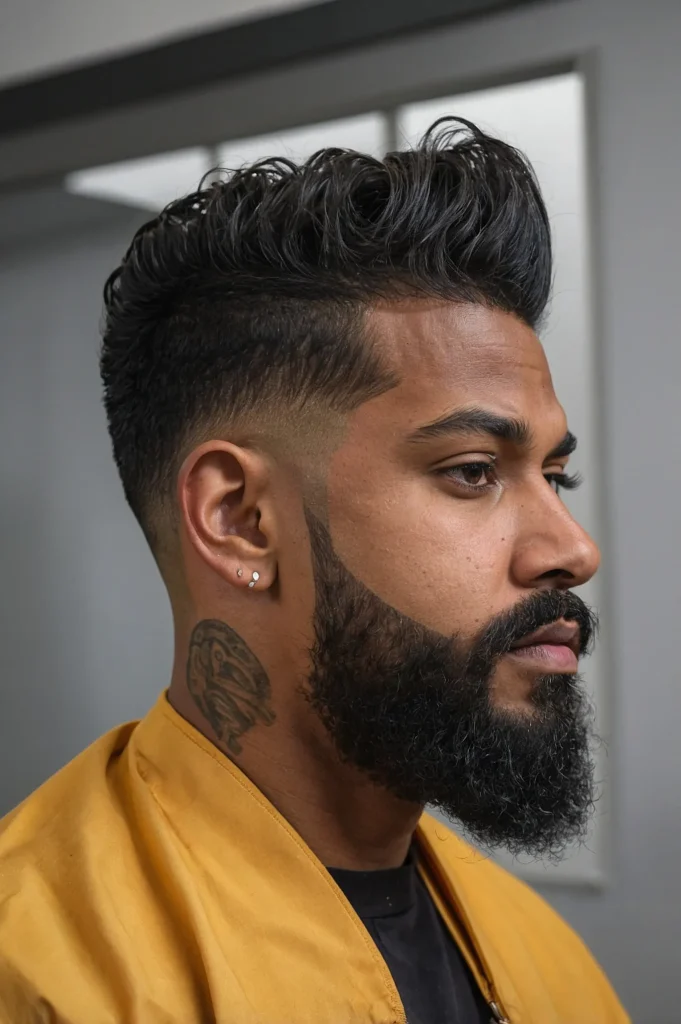 Burst Taper Fademan with burst taper fade 3
Burst Taper Fademan with burst taper fade 3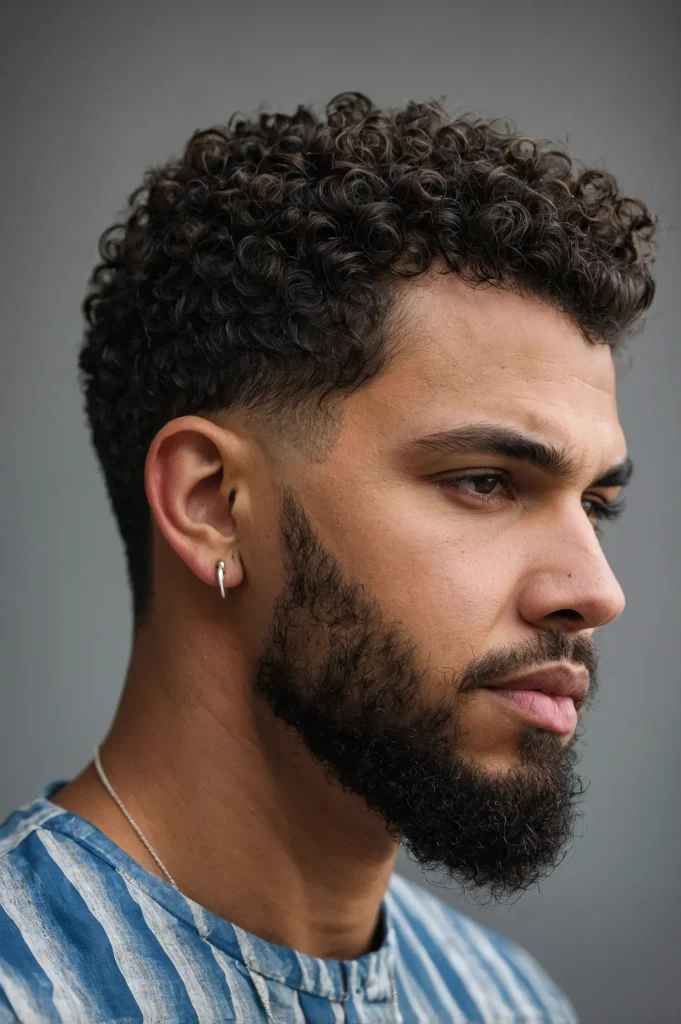 Curly Hair Taper Fademan with natural curls 0
Curly Hair Taper Fademan with natural curls 0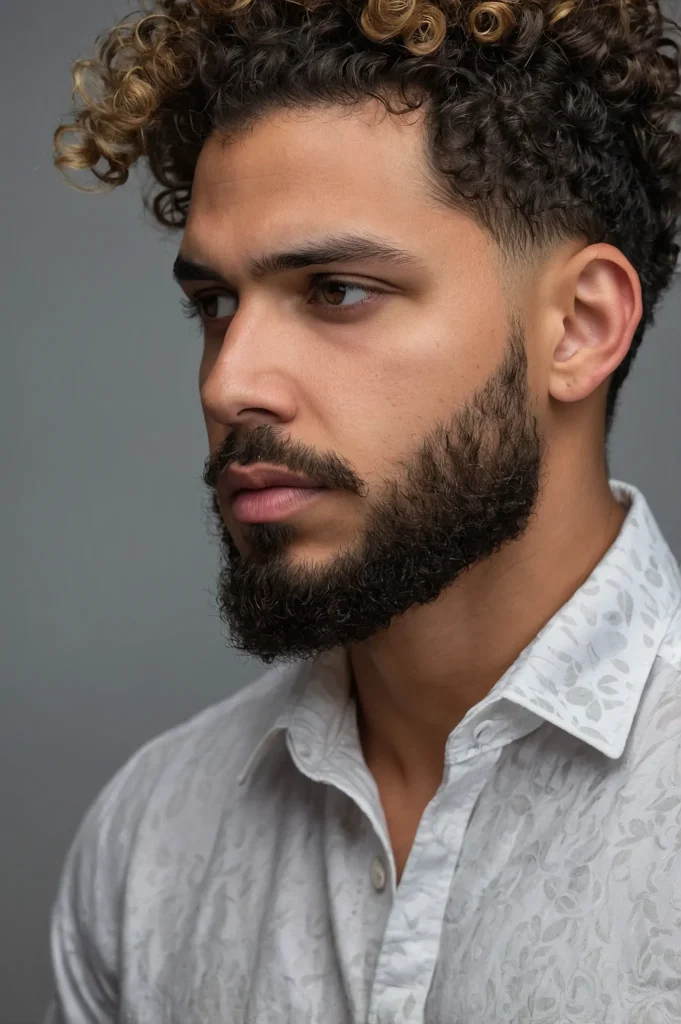 Curly Hair Taper Fademan with natural curls 3
Curly Hair Taper Fademan with natural curls 3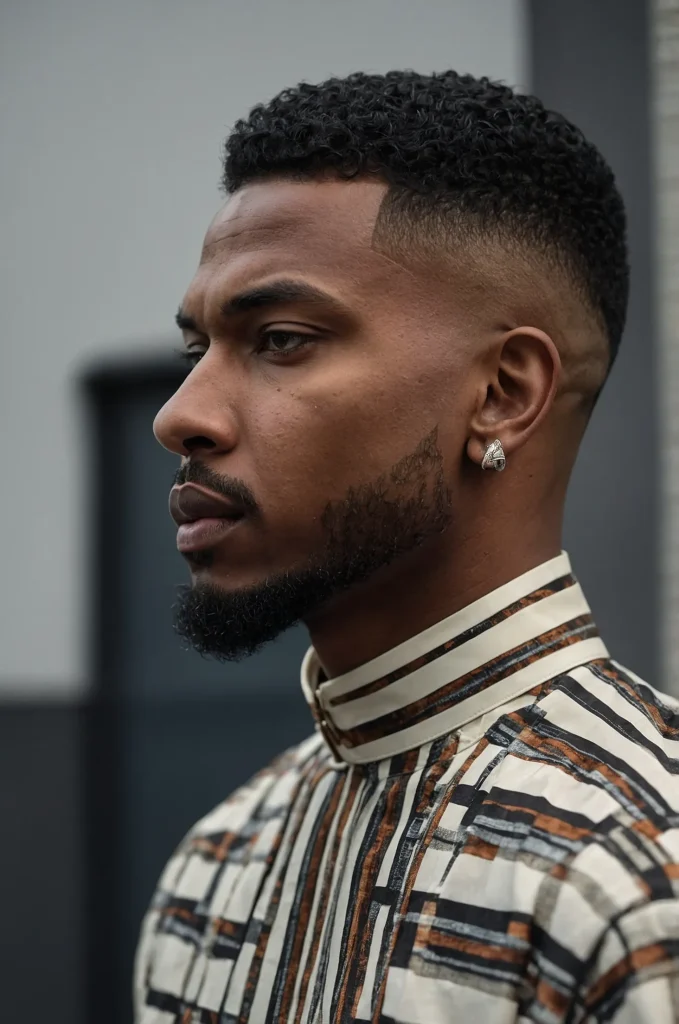 High Taper Fademan with high taper fade s 0
High Taper Fademan with high taper fade s 0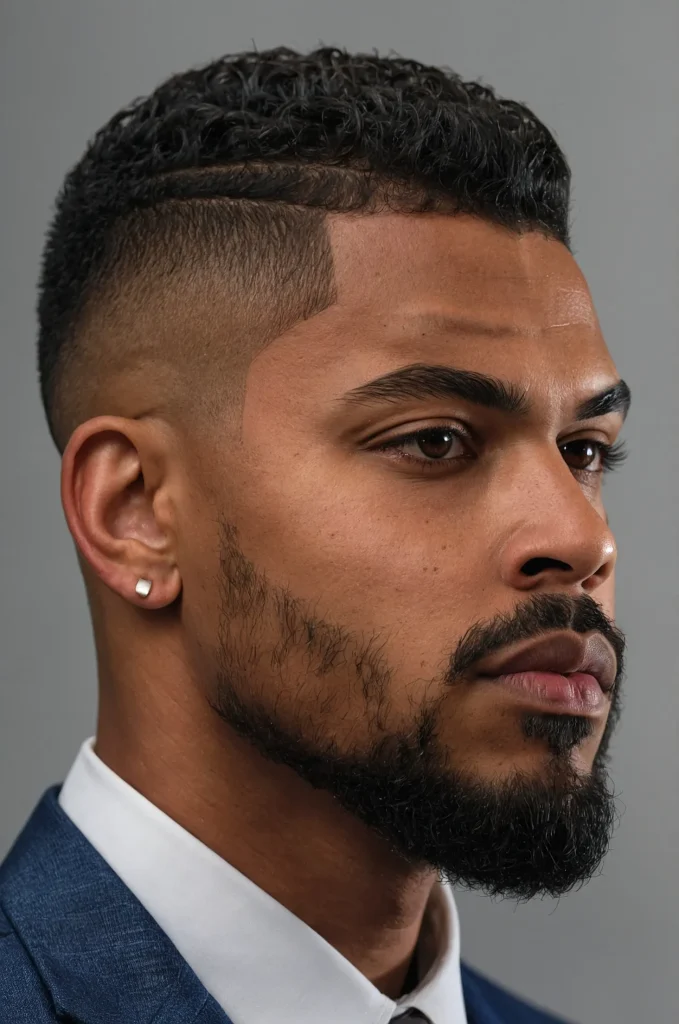 High Taper Fademan with high taper fade s 3
High Taper Fademan with high taper fade s 3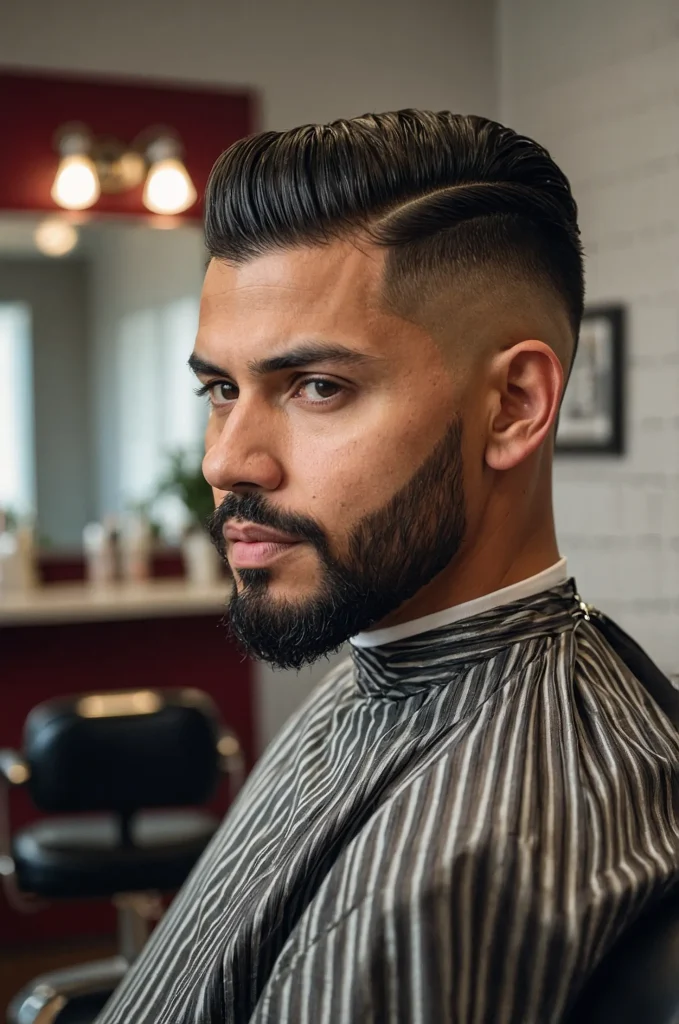 man with low taper fade gradual fade near 0
man with low taper fade gradual fade near 0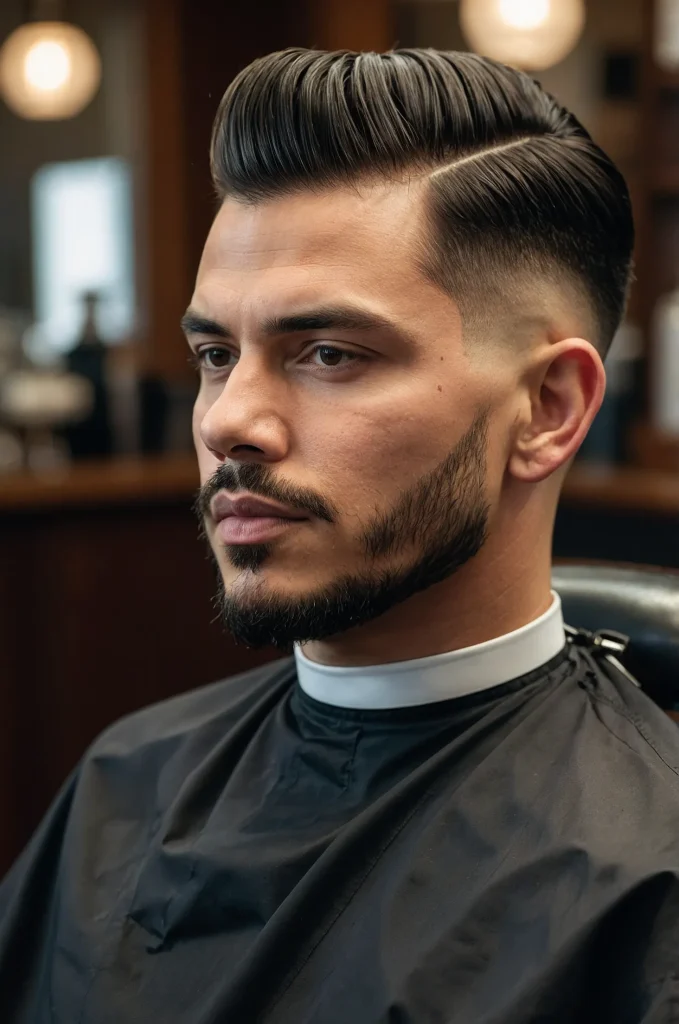 man with low taper fade gradual fade near 4
man with low taper fade gradual fade near 4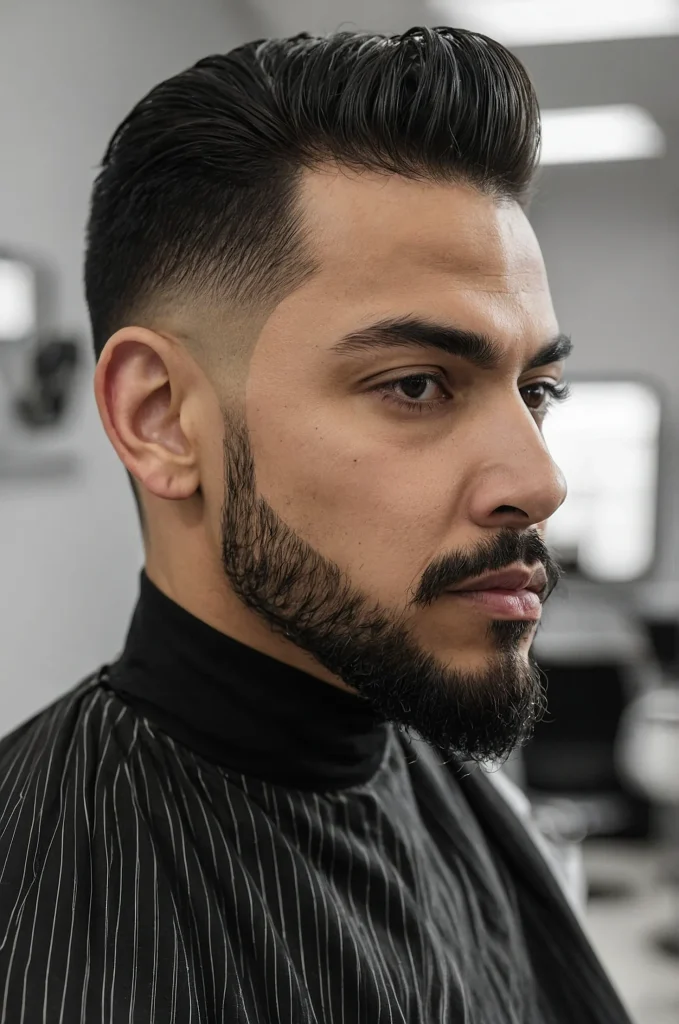 man with low taper fade gradual fade near 5
man with low taper fade gradual fade near 5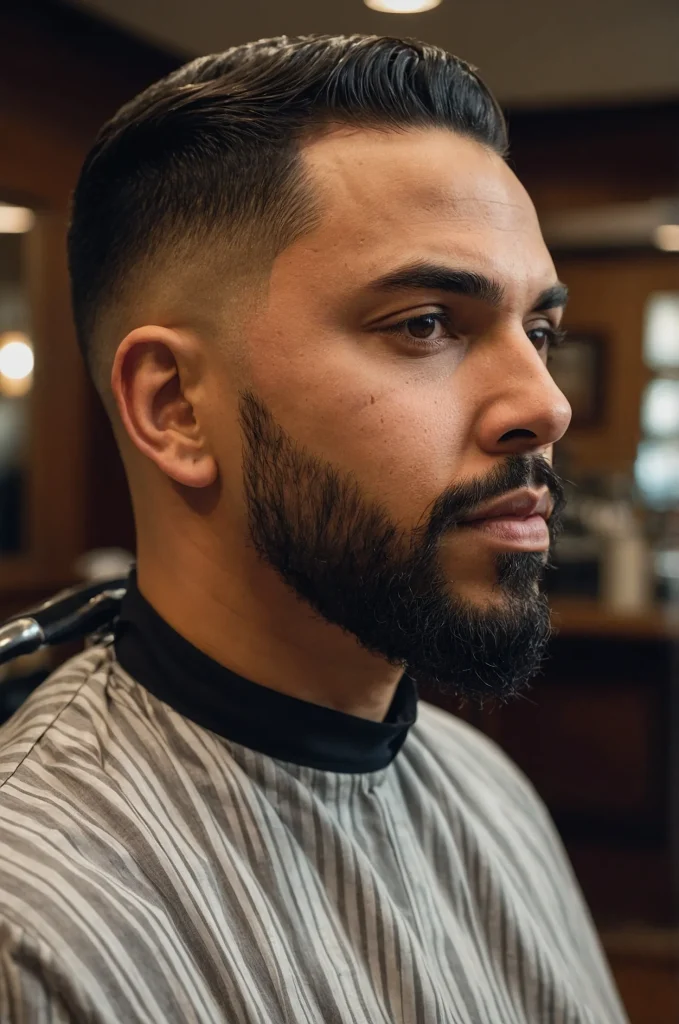 man with low taper fade gradual fade near 6
man with low taper fade gradual fade near 6 man with low taper fade gradual fade near 7
man with low taper fade gradual fade near 7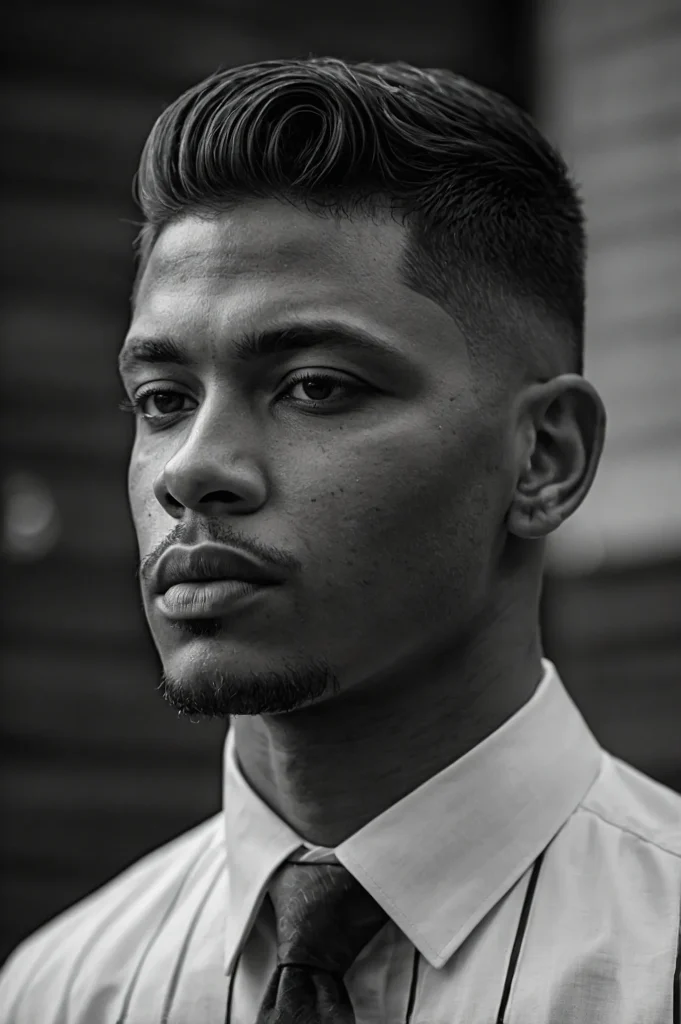 Mid Taper Fademan with mid taper fade bal 0
Mid Taper Fademan with mid taper fade bal 0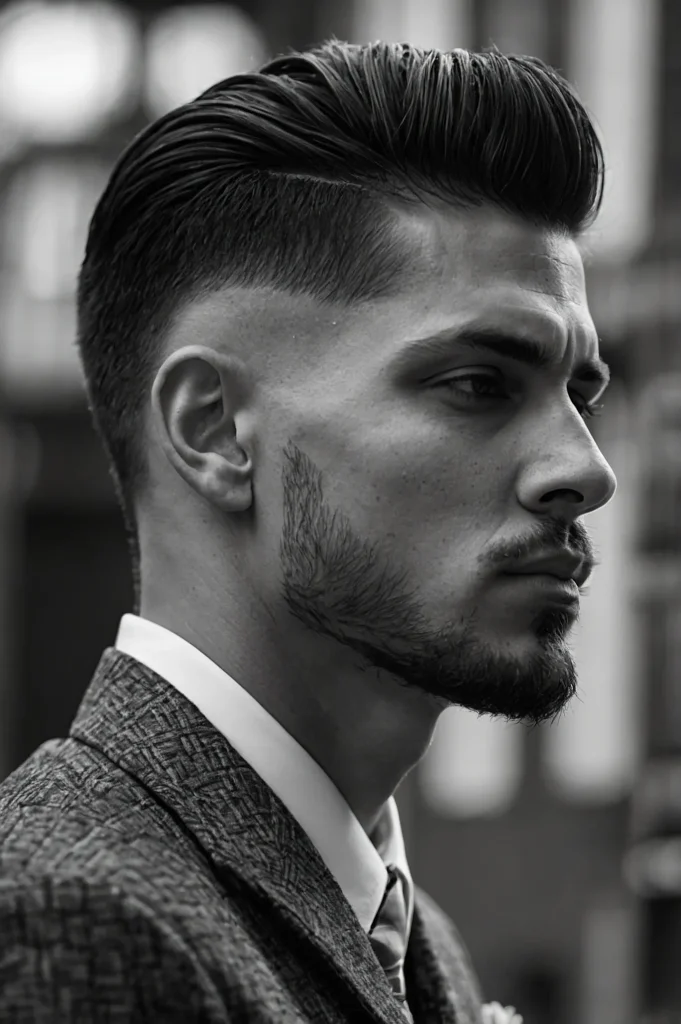 Mid Taper Fademan with mid taper fade bal 3
Mid Taper Fademan with mid taper fade bal 3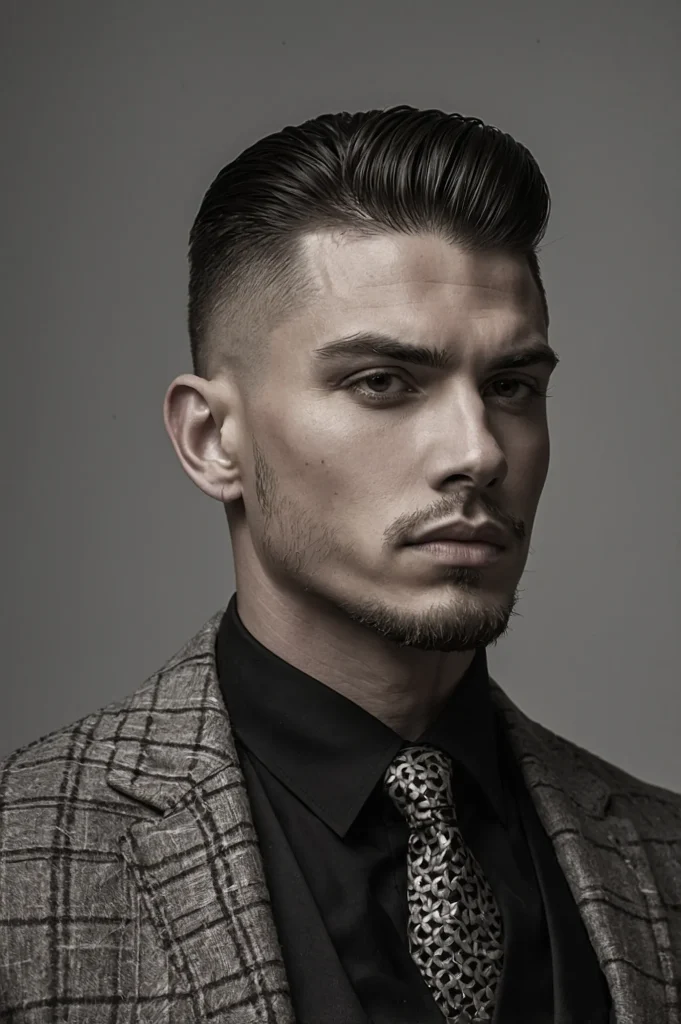 Skin Taper Fademan with taper fade down t 0
Skin Taper Fademan with taper fade down t 0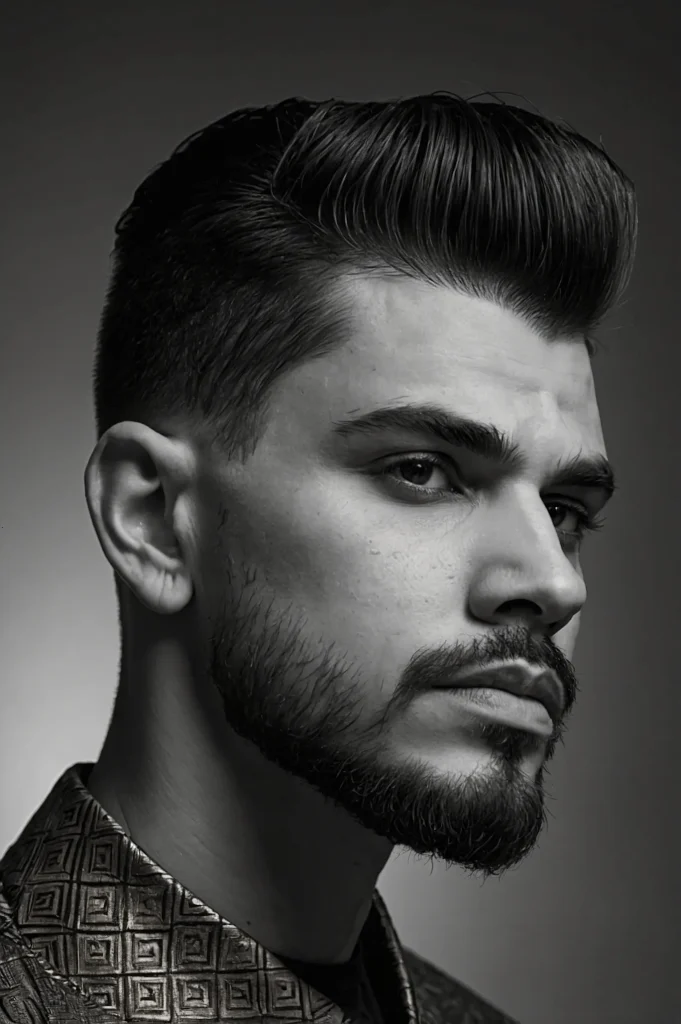 Skin Taper Fademan with taper fade down t 3
Skin Taper Fademan with taper fade down t 3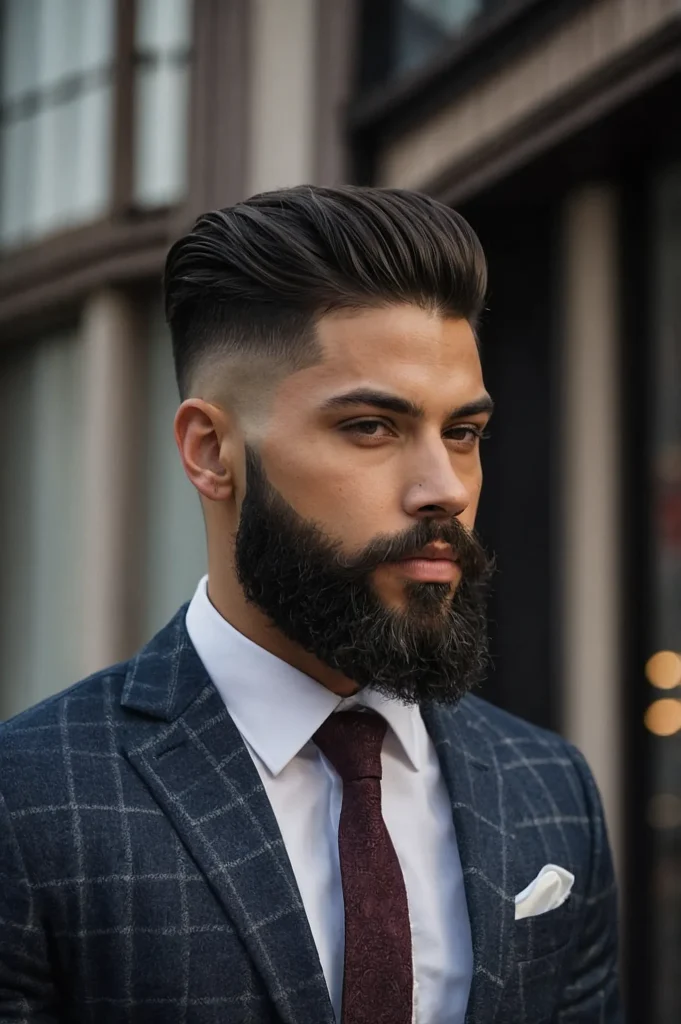 Taper Fade with Beardman with taper fade 0
Taper Fade with Beardman with taper fade 0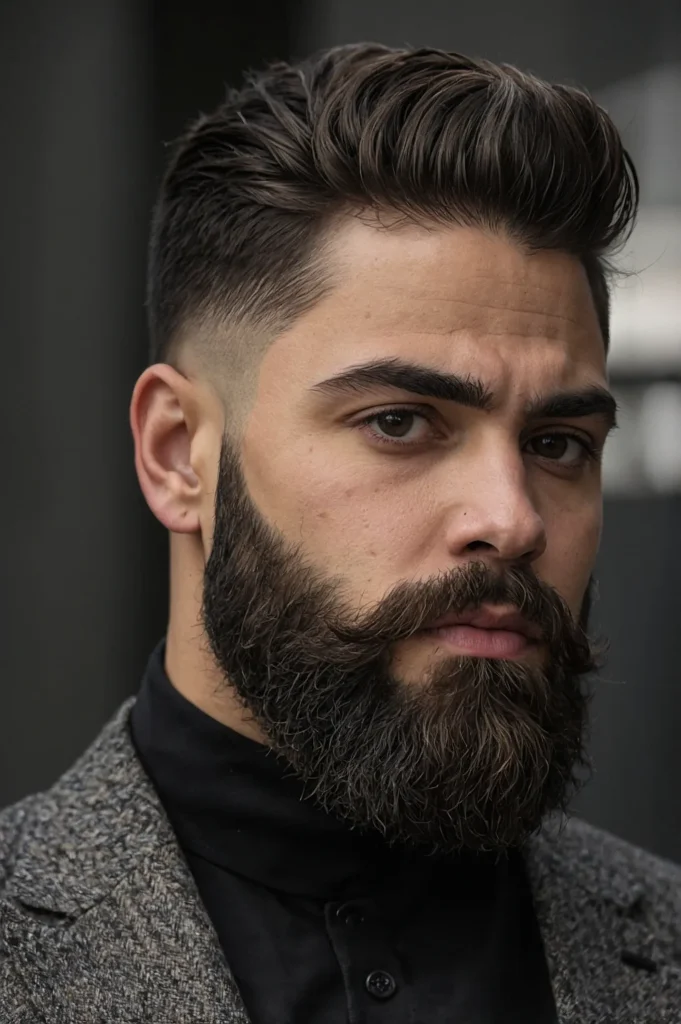 Taper Fade with Beardman with taper fade 3
Taper Fade with Beardman with taper fade 3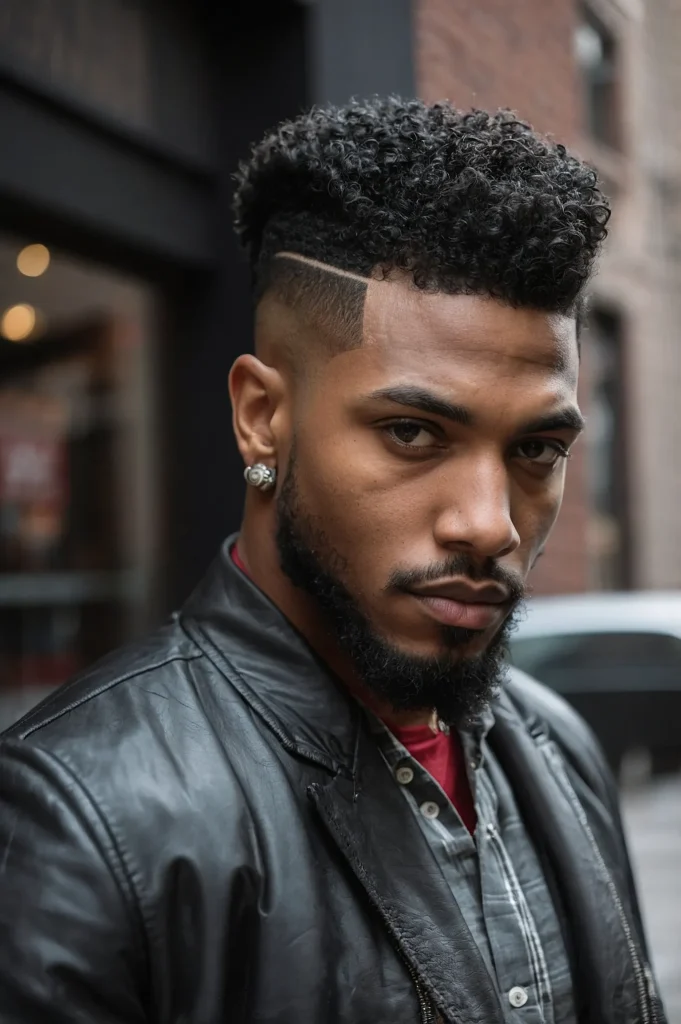 Temple Taper Fade Brooklyn Fademan with B 0
Temple Taper Fade Brooklyn Fademan with B 0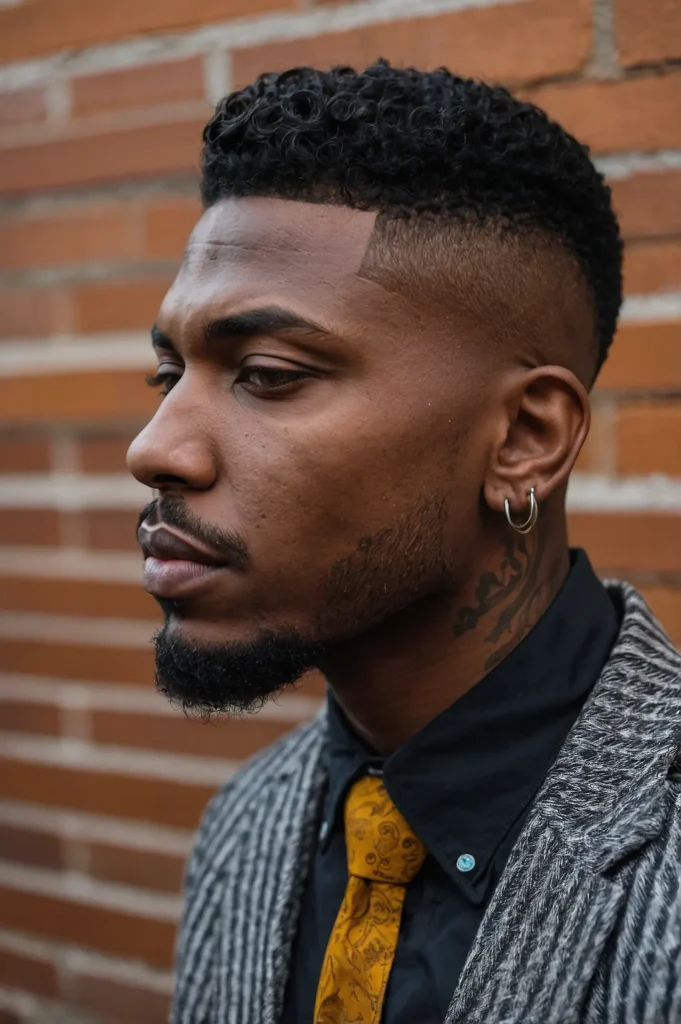 Temple Taper Fade Brooklyn Fademan with B 3
Temple Taper Fade Brooklyn Fademan with B 3
3. What Is a Fade Haircut?
A fade is a more dramatic transition, where the hair fades completely into the skin. This creates a sharper contrast between the top and the sides, often offering a more modern, edgy appearance.
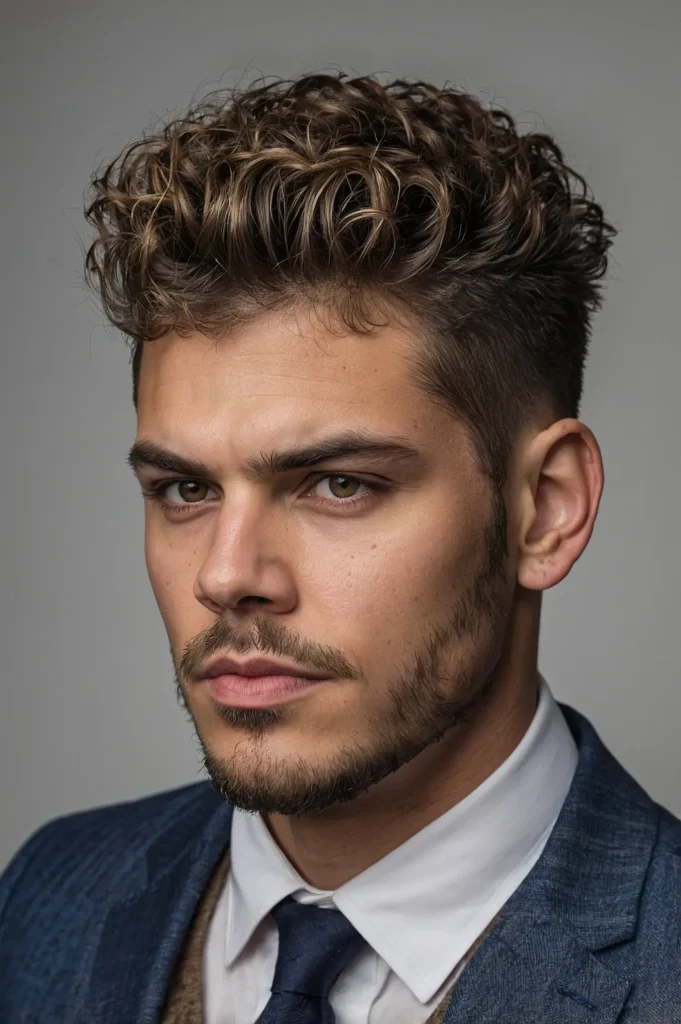 Burst Fademan with burst fade around the 0
Burst Fademan with burst fade around the 0 Burst Fademan with burst fade around the 3
Burst Fademan with burst fade around the 3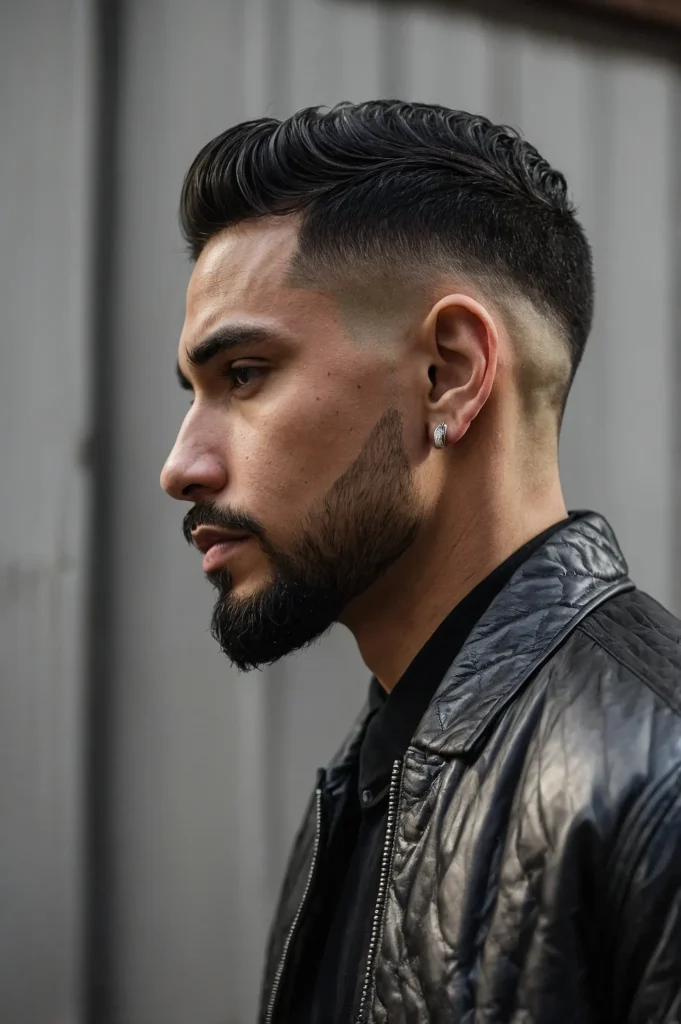 Drop Fademan with drop fade haircut curve 0
Drop Fademan with drop fade haircut curve 0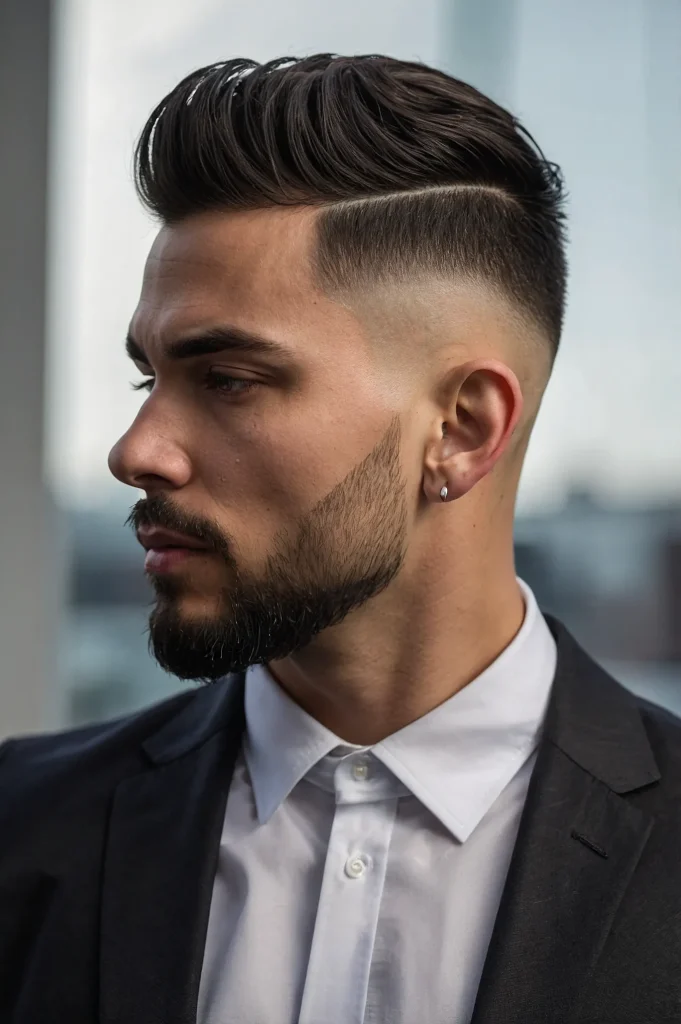 Drop Fademan with drop fade haircut curve 3
Drop Fademan with drop fade haircut curve 3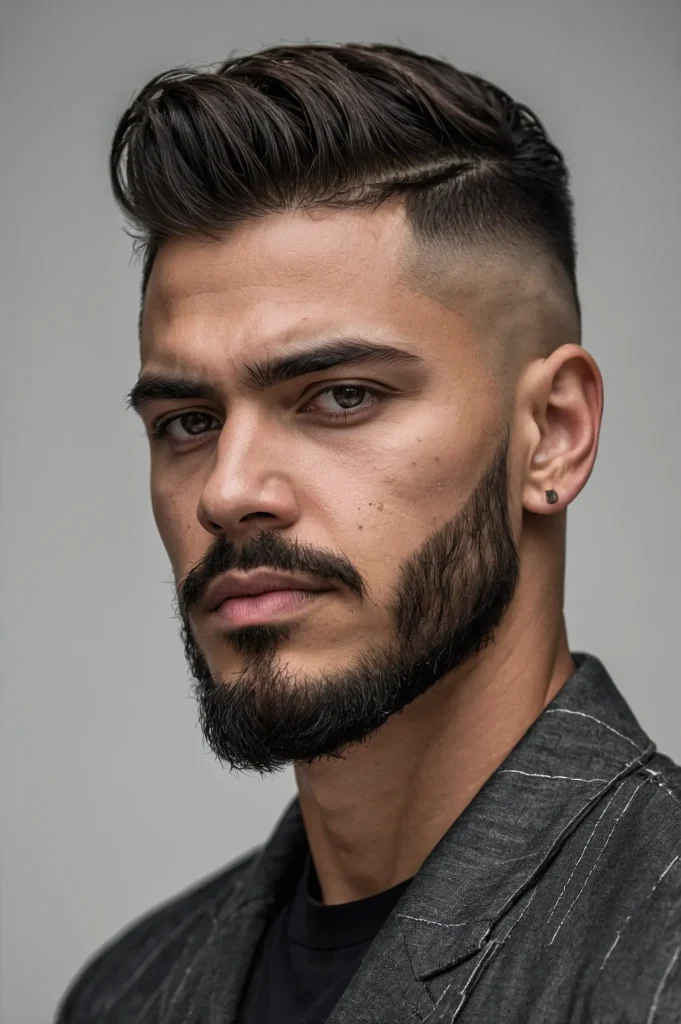 High Fademan with high fade haircut sharp 0
High Fademan with high fade haircut sharp 0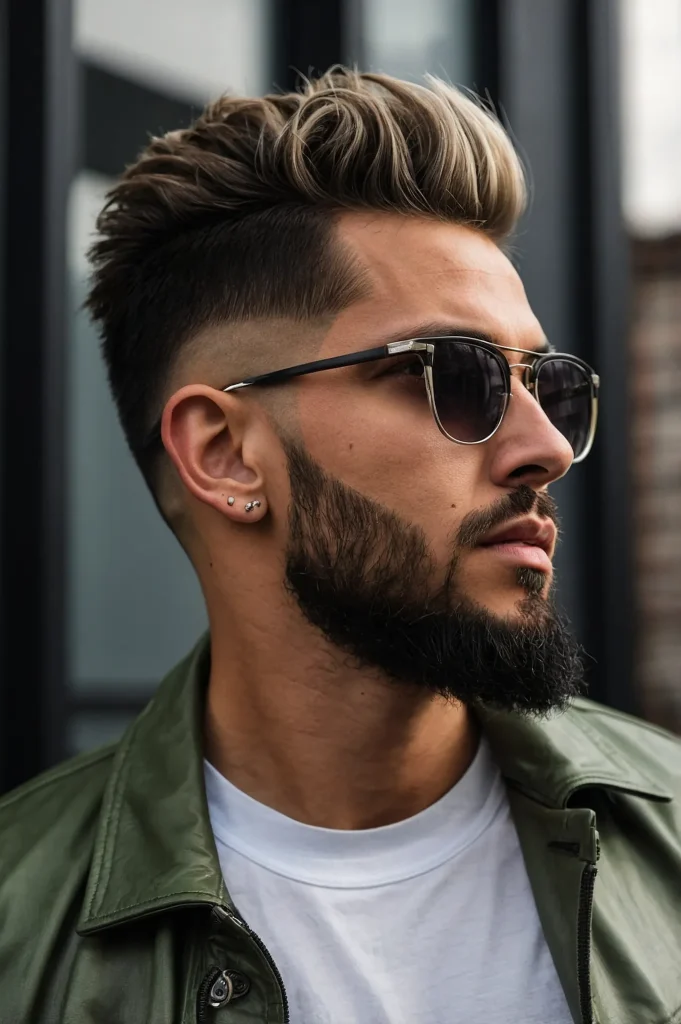 High Fademan with high fade haircut sharp 3
High Fademan with high fade haircut sharp 3 Low Fademan with low fade haircut subtle 0
Low Fademan with low fade haircut subtle 0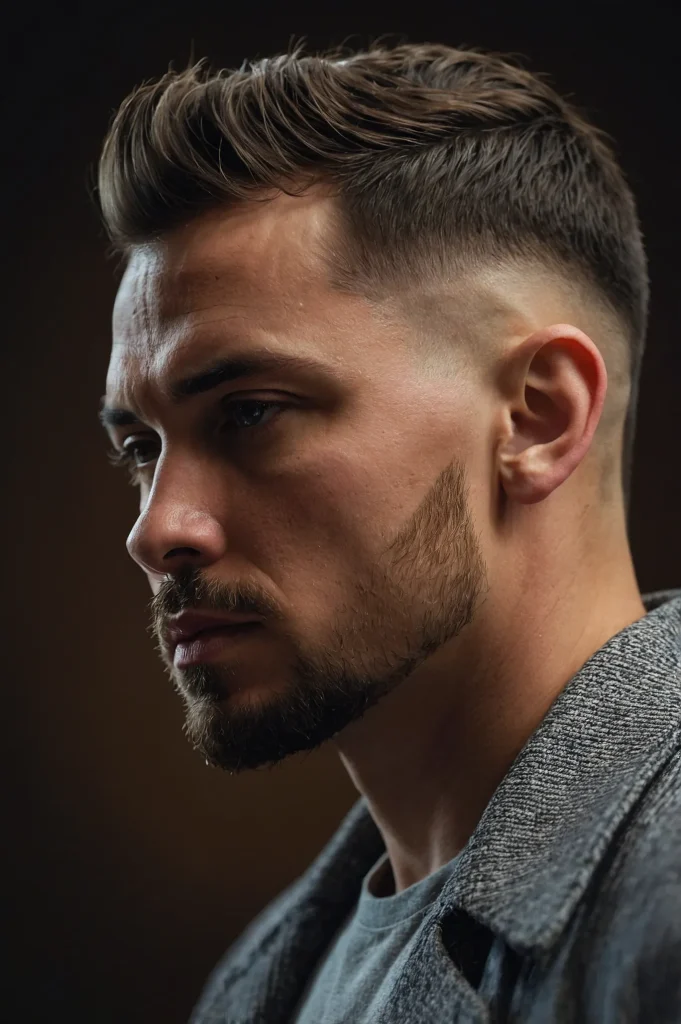 Low Fademan with low fade haircut subtle 3
Low Fademan with low fade haircut subtle 3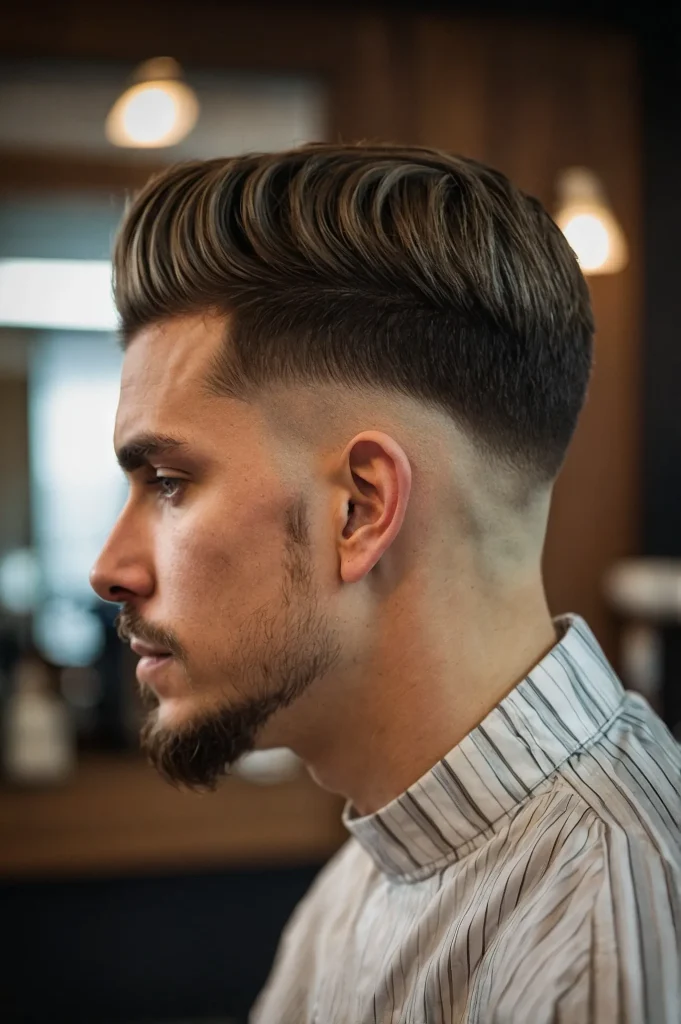 Mid Fademan with mid fade haircut fade st 0
Mid Fademan with mid fade haircut fade st 0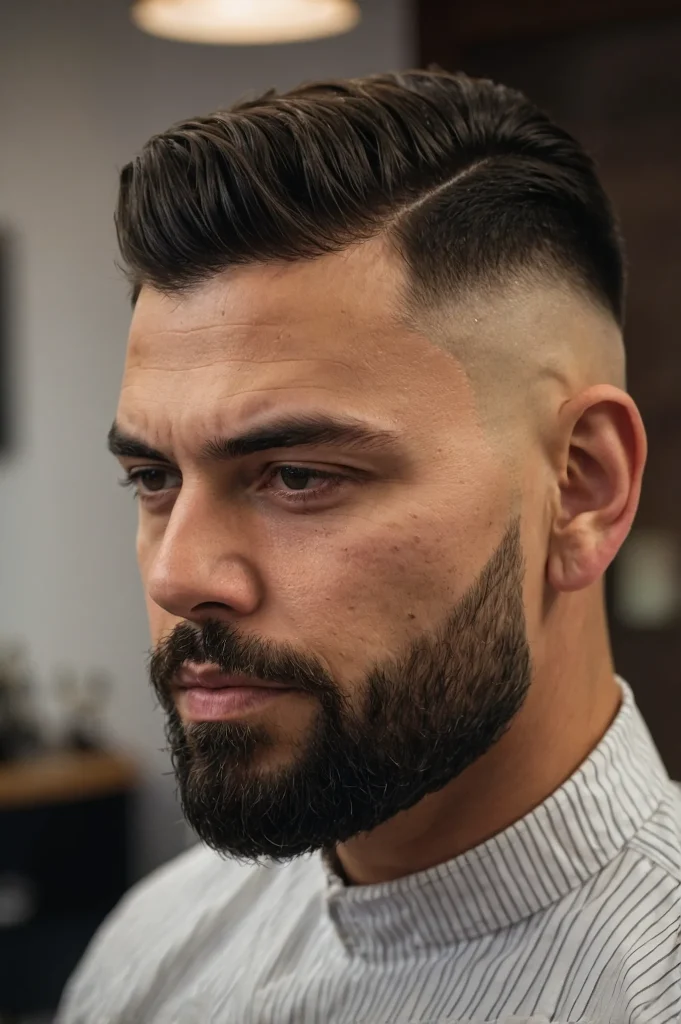 Mid Fademan with mid fade haircut fade st 3
Mid Fademan with mid fade haircut fade st 3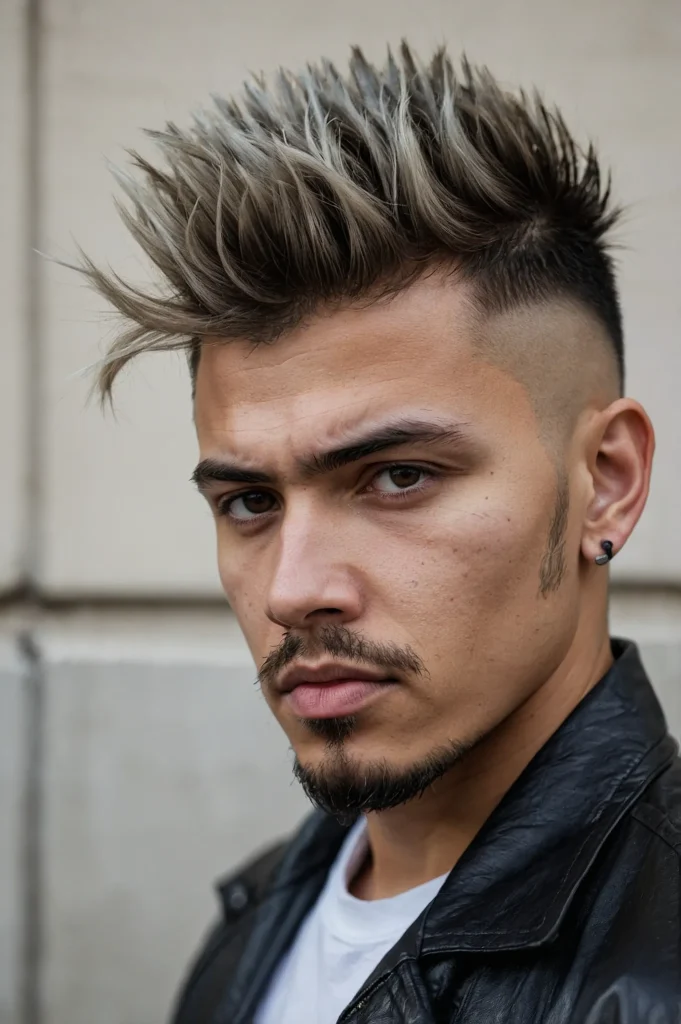 Mohawk Fademan with mohawk fade haircut n 0
Mohawk Fademan with mohawk fade haircut n 0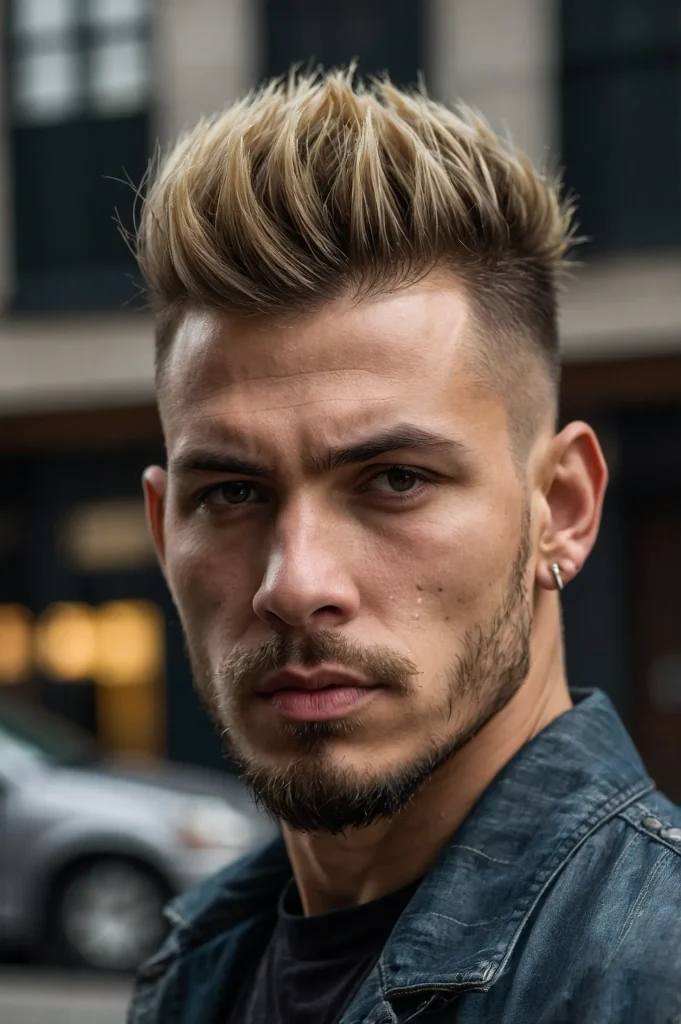 Mohawk Fademan with mohawk fade haircut n 3
Mohawk Fademan with mohawk fade haircut n 3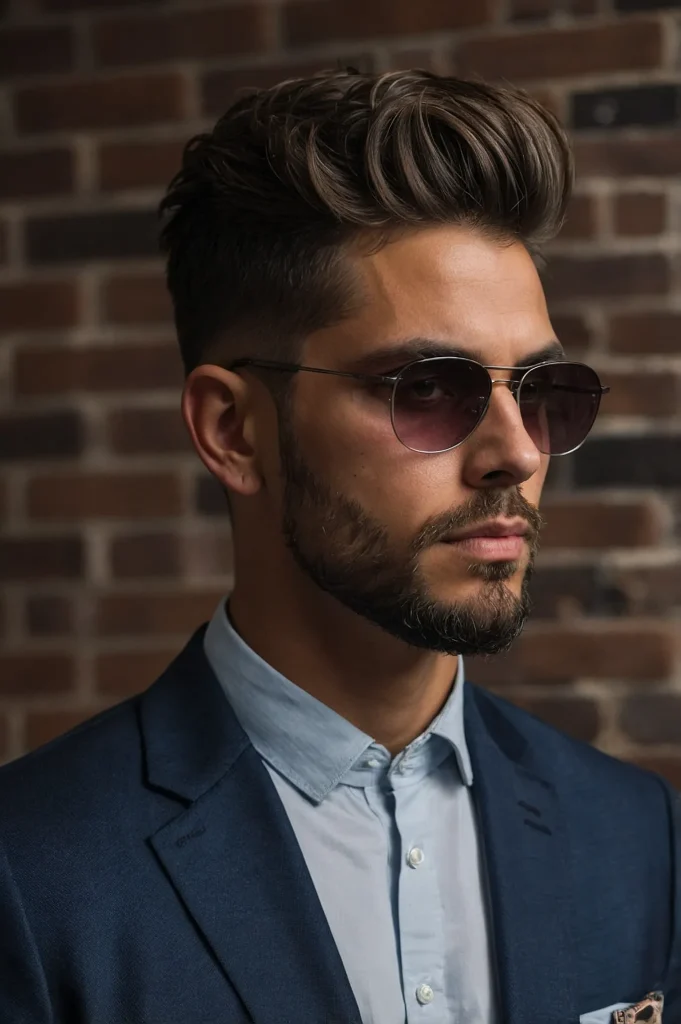 Shadow Fademan with shadow fade haircut l 0
Shadow Fademan with shadow fade haircut l 0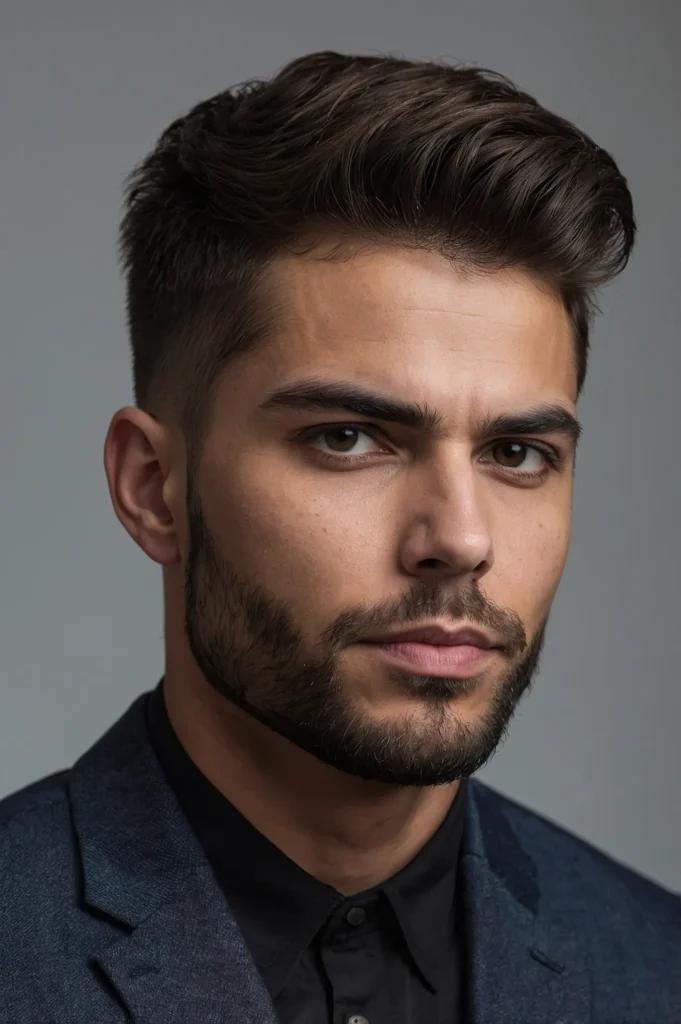 Shadow Fademan with shadow fade haircut l 3 (1)
Shadow Fademan with shadow fade haircut l 3 (1)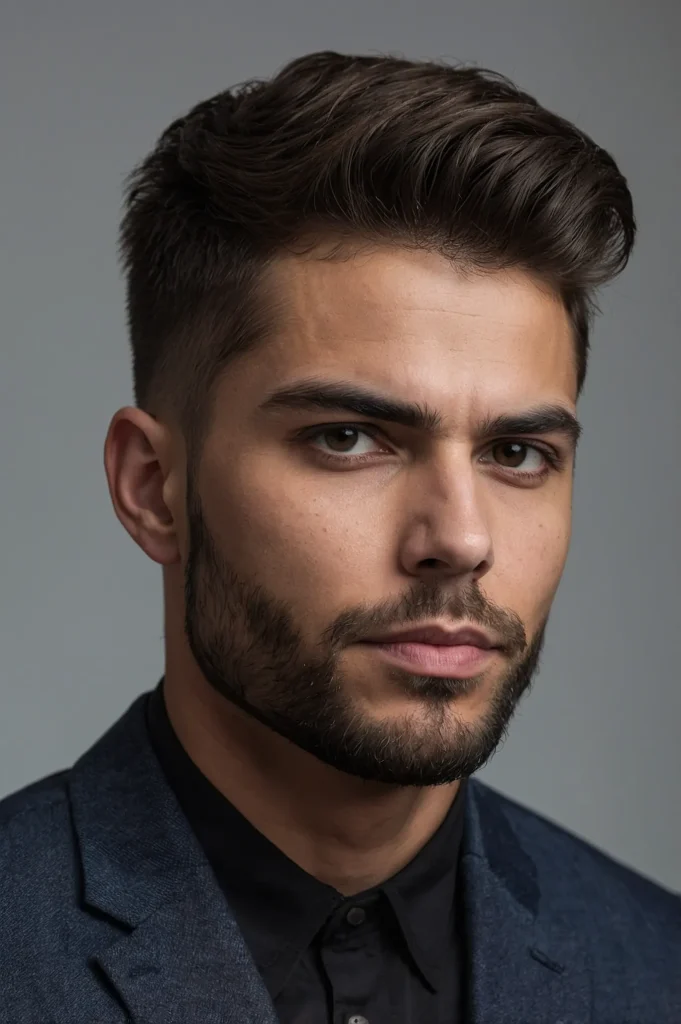 Shadow Fademan with shadow fade haircut l 3
Shadow Fademan with shadow fade haircut l 3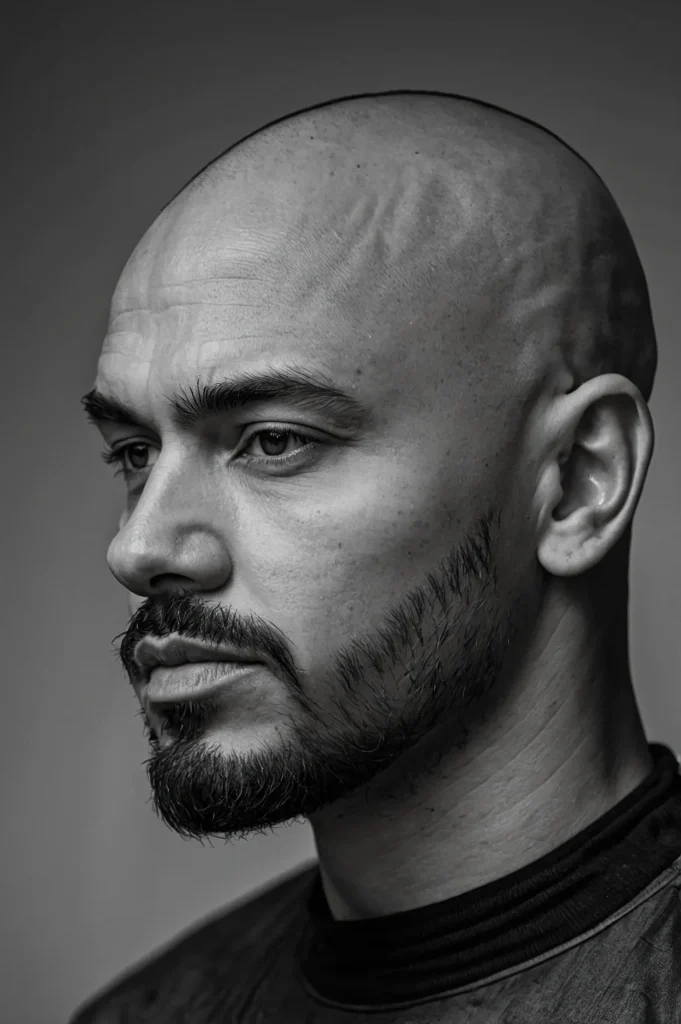 Skin Fade Bald Fademan with bald skin fad 0
Skin Fade Bald Fademan with bald skin fad 0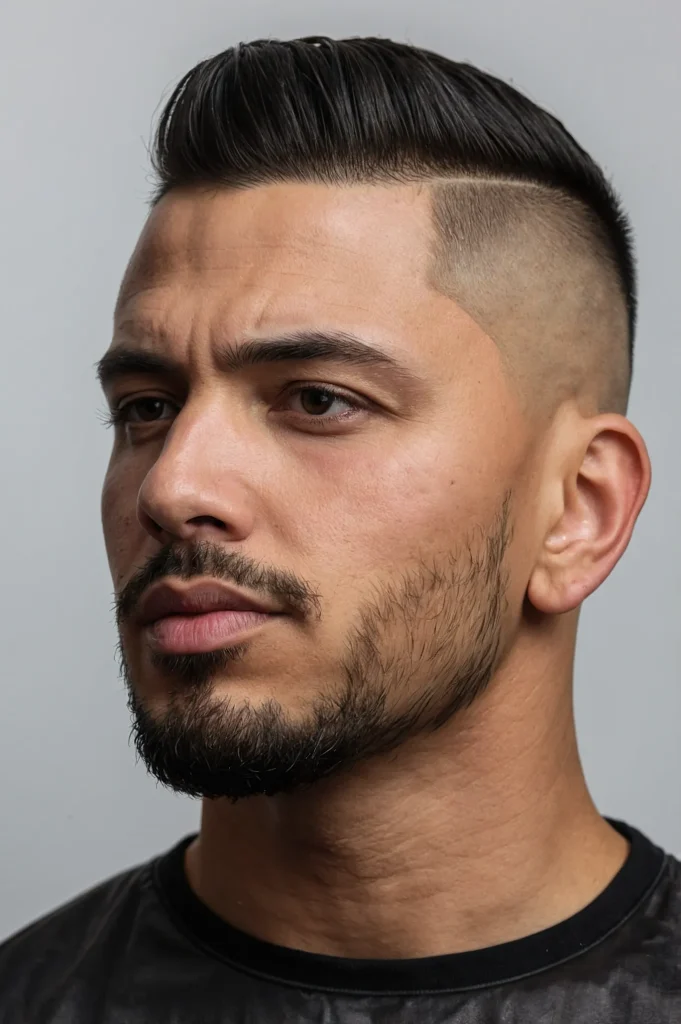 Skin Fade Bald Fademan with bald skin fad 3
Skin Fade Bald Fademan with bald skin fad 3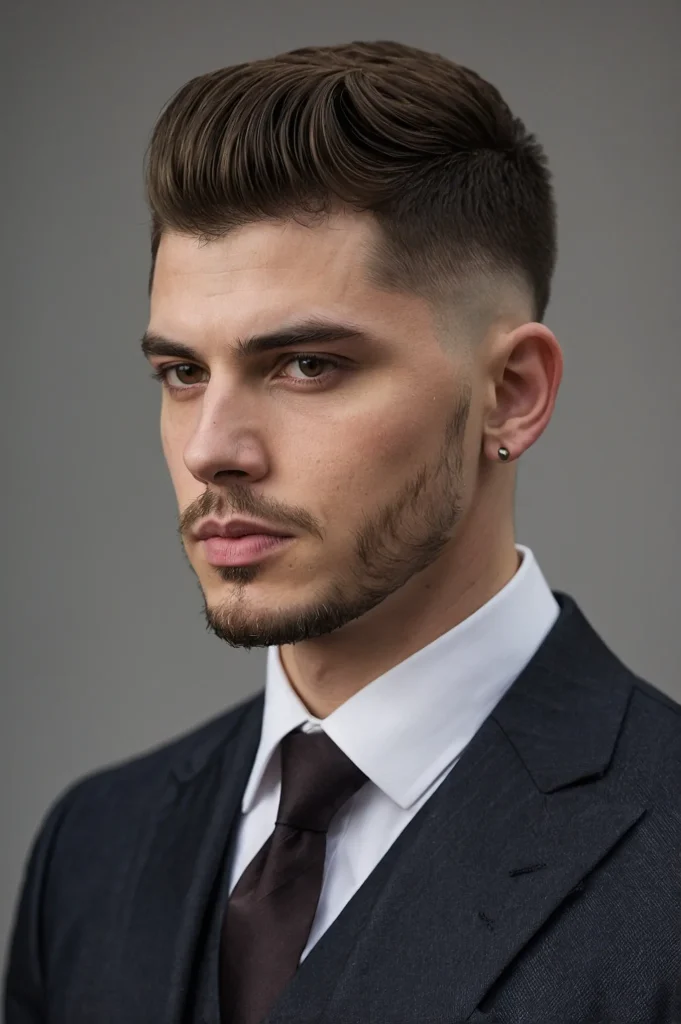 Taper Fademan with taper fade haircut gr0
Taper Fademan with taper fade haircut gr0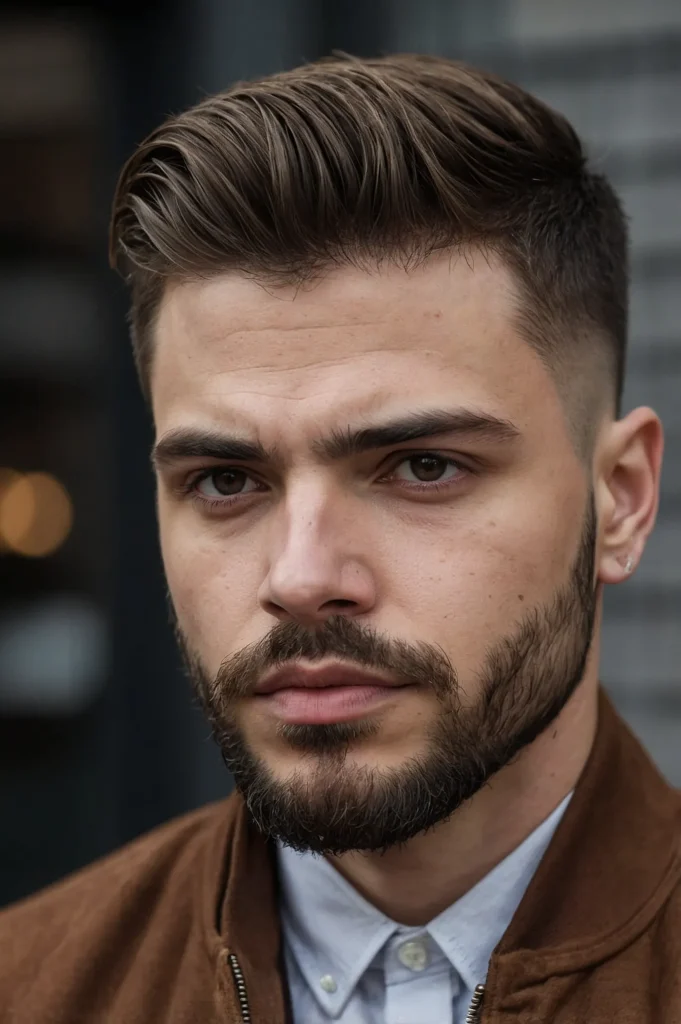 Taper Fademan with taper fade haircut gr3
Taper Fademan with taper fade haircut gr3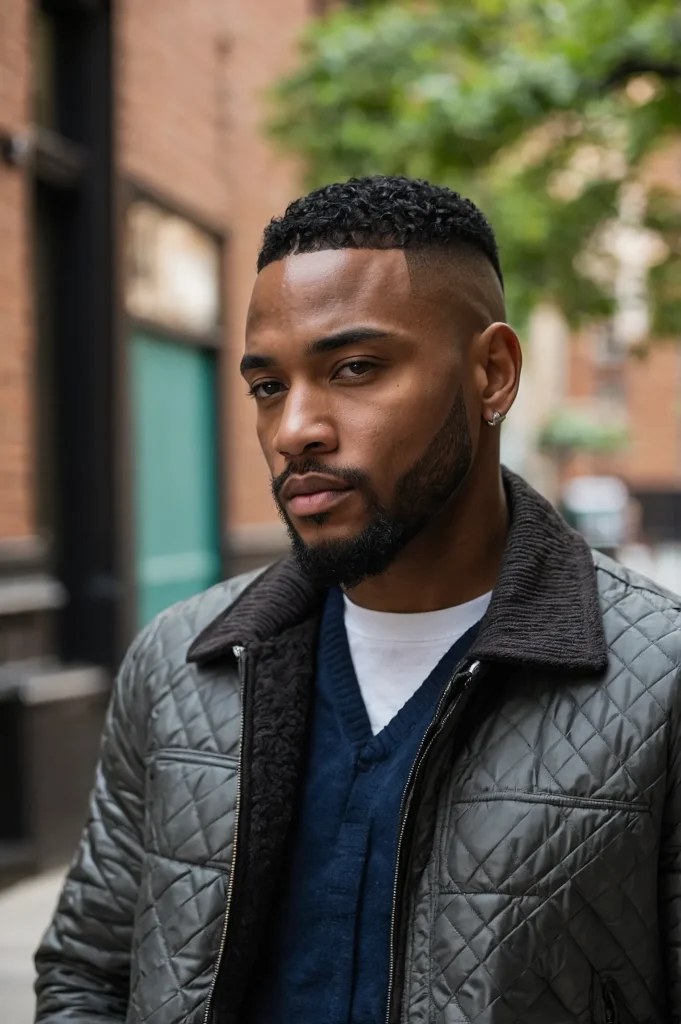 Temple Fade Brooklyn Fademan with temple 0
Temple Fade Brooklyn Fademan with temple 0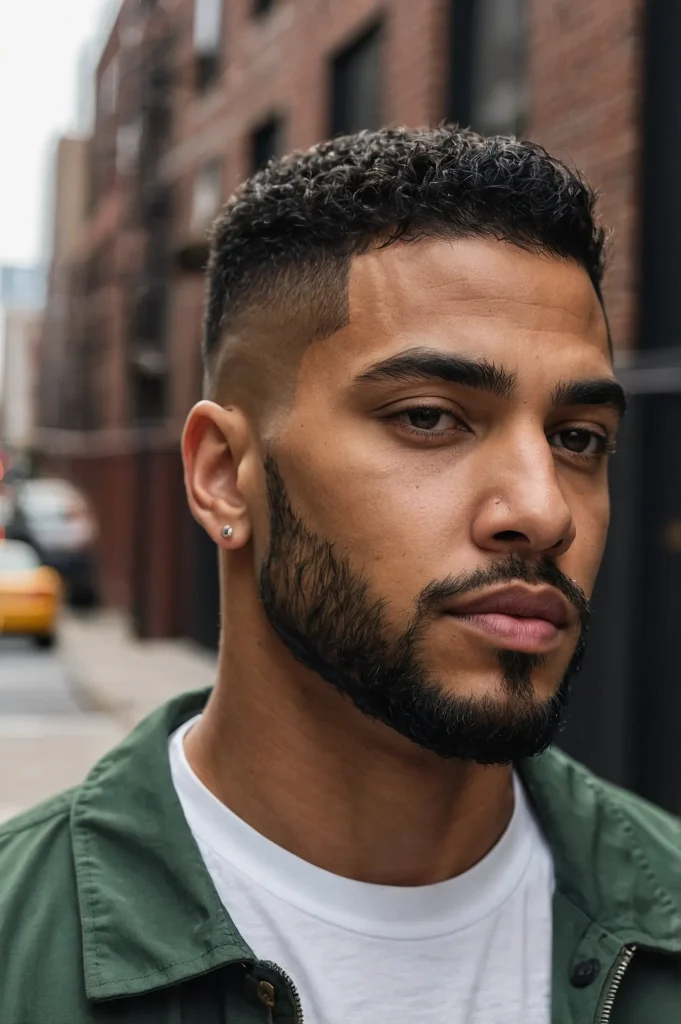 Temple Fade Brooklyn Fademan with temple 3
Temple Fade Brooklyn Fademan with temple 3
4. Key Differences Between Taper and Fade
- Taper: Subtle blend, ends above the natural hairline.
- Fade: Bolder blend, often shaved to the skin.
- Fades are more noticeable, while tapers appear more conservative.
5. Taper Types: Low, Mid & High Tapers
- Low Taper: Begins just above the ears for a subtle, business-friendly look.
- Mid Taper: Sits around the temple, offering balance between subtle and stylish.
- High Taper: Starts higher on the sides for a sharper finish.
6. Fade Types: Low, Mid, High & Skin Fades
- Low Fade: Fades close to the ears; subtle but modern.
- Mid Fade: Sits halfway up the sides; versatile and sharp.
- High Fade: Begins near the crown; bold and edgy.
- Skin Fade: Blends to bald at the bottom for a crisp contrast.
7. Which One Is More Versatile?
Tapers are more universally accepted for work, school, and formal settings. Fades, while stylish and modern, are more commonly worn for street style or bold fashion statements.
8. Which Style Is Easier to Maintain?
Tapers tend to grow out more naturally and require fewer touch-ups. Fades, especially skin fades, show growth quickly and may need more frequent barber visits to stay fresh.
9. Face Shape and Hair Type Considerations
- Taper: Ideal for round, oval, or heart-shaped faces. Works well with curly, straight, or wavy hair.
- Fade: Best for angular or square faces. Accentuates features and sharp lines.
10. Taper vs Fade for Professional Looks
Tapers win in professional and conservative settings due to their clean yet understated finish. They’re a go-to for men in corporate environments.
11. Taper vs Fade for Edgy, Modern Styles
Fades shine when you want a bold, standout look. High fades, skin fades, and burst fades are commonly used in fashion-forward cuts.
12. What Barbers Say: Pro Tips
Barbers recommend:
- Tapers for first-timers or clients who want subtle refinement.
- Fades for those who like bold styles, clean sides, and don’t mind regular upkeep.
13. Which One Should You Choose?
Choose a taper if you prefer a more natural, subtle blend. Opt for a fade if you want something sharp, stylish, and high-contrast. Think about your daily environment, hair type, and personal vibe.
14. Can You Combine a Taper and a Fade?
Yes! Many modern hairstyles blend the two—like a taper fade, where the taper gradually fades into the skin. It’s a hybrid cut that offers sharpness with a touch of subtlety.
15. Final Thoughts: Pick What Suits You Best
There’s no one-size-fits-all answer. Tapers offer timeless elegance, while fades deliver modern edge. Talk with your barber, understand your lifestyle, and choose what complements your face and personality best.
